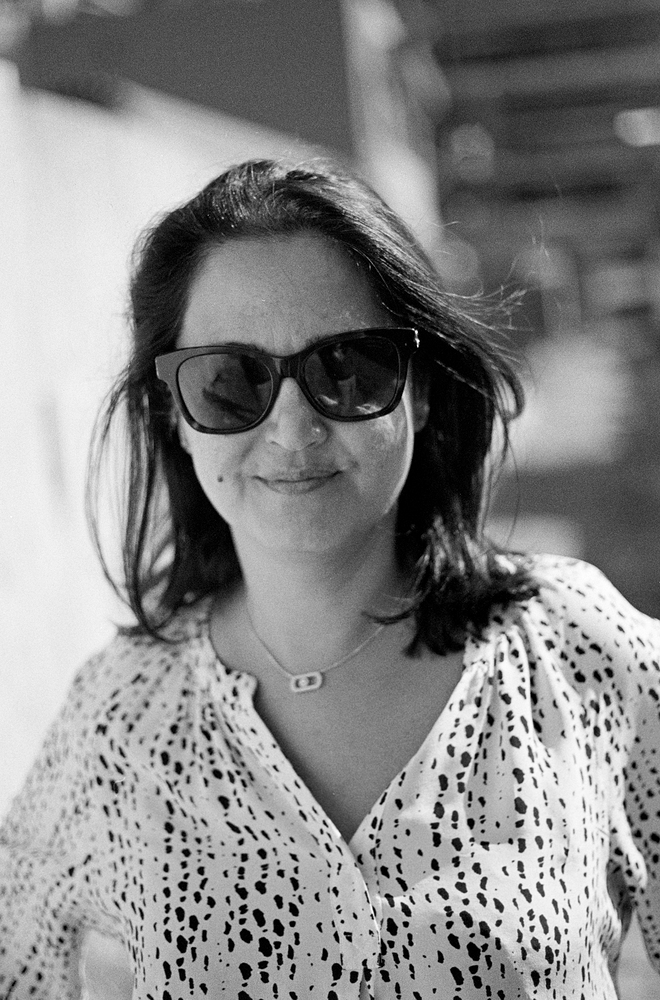I’ve been using the Flextight since 2000. Recently, I realized that camera scanning can deliver better results, provided you set up your rig properly and use the right tools. Honestly, if I were you, I’d sell the Flextight. It doesn’t match the dynamic range of a modern camera scanning setup, it applies artificial sharpening, and it struggles with high-contrast negatives.
With the money you get from selling it, you could buy a medium format digital camera, a macro lens, a repro stand, a light table, and film holders. You might even have enough left over to buy a used car, renovate your kitchen, or go backpacking in Southeast Asia for three months.
It was a wonderful scanner in its time, but in my humble opinion, it’s becoming obsolete. Letting go of mine was a hard pill to swallow. But after being forced to make analog prints and digitize them with a Sigma for my last book, and another book I did reproduction for, and now again for my next one, I came to see that camera scanning is the new standard.
I used the Nikon Coolscan 8000ED alongside the Flextight back in the day, around twenty-three years ago, when I was a studio manager for several photographers. Even then, I was surprised that some negatives simply didn’t work well with the Flextight. I’d turn to the Nikon to get the results my bosses needed. The guys relying on the Flextight were dumbfounded, but when they saw the difference, they agreed: the Flextight struggles with certain film stocks, especially if they are exposed in a idiosyncratic way.
I’m not saying it’s a bad scanner, it’s probably the best scanner ever made, but it has its limits.
Your results look good, and if you decide to keep it, I genuinely wish you all the best. Just know that it can’t do what a darkroom can do, and that the aesthetics of camera scanning, when done right, are much closer to the aesthetics of traditional darkroom printing.
It took me two years to perfect my rig, but if you follow @Harry, you’ll likely get there much faster than I did. Now I can easily scan a hundred images in an evening.
Maybe it is all about the software. I always liked the straightforwardness of Flexcolor, but when I use Negative Lab Pro now I am amazed at the difference in results and workflow.







